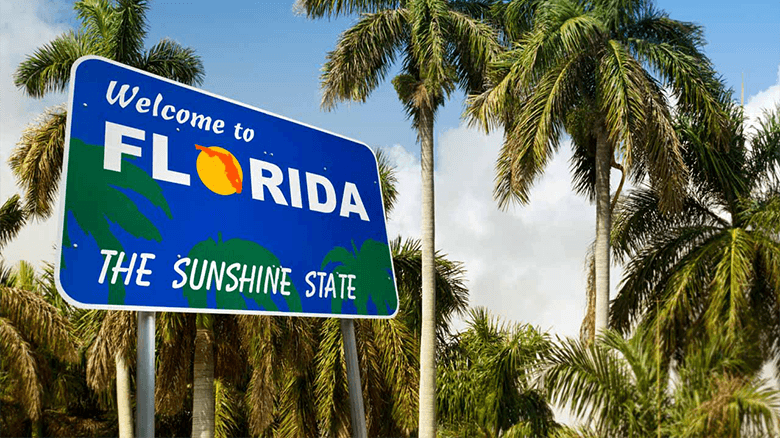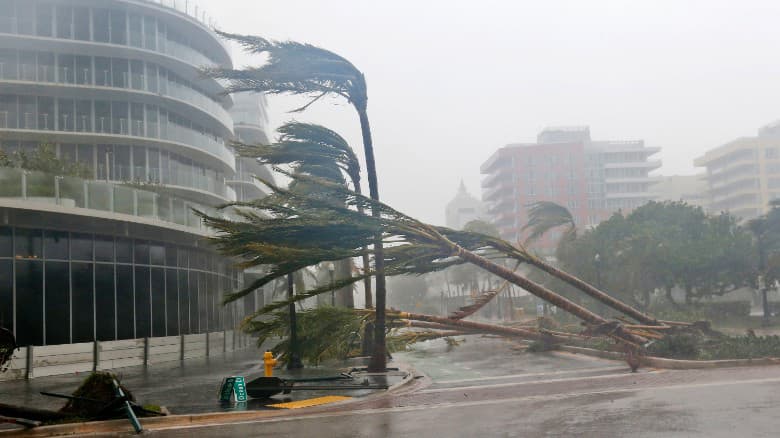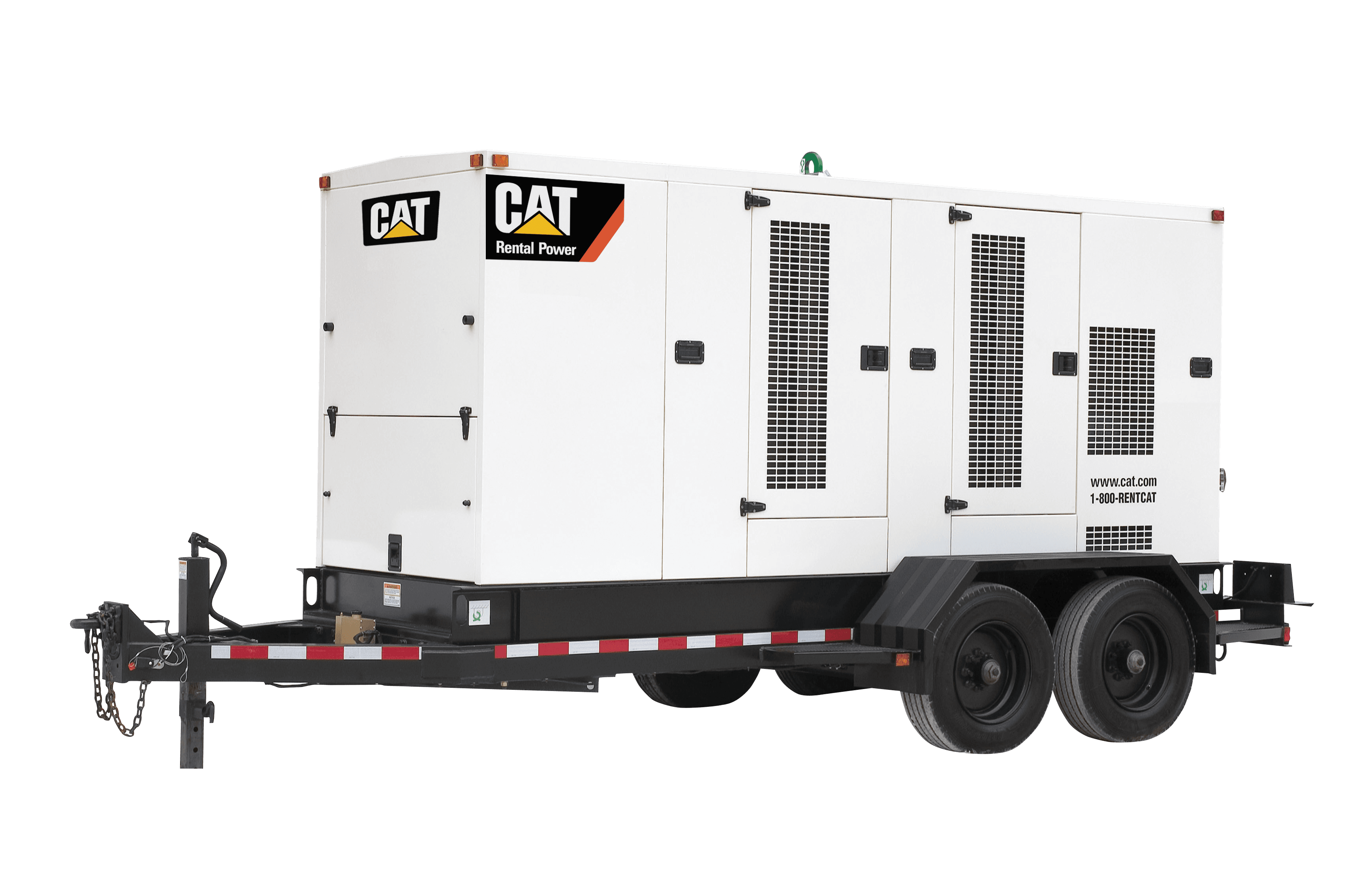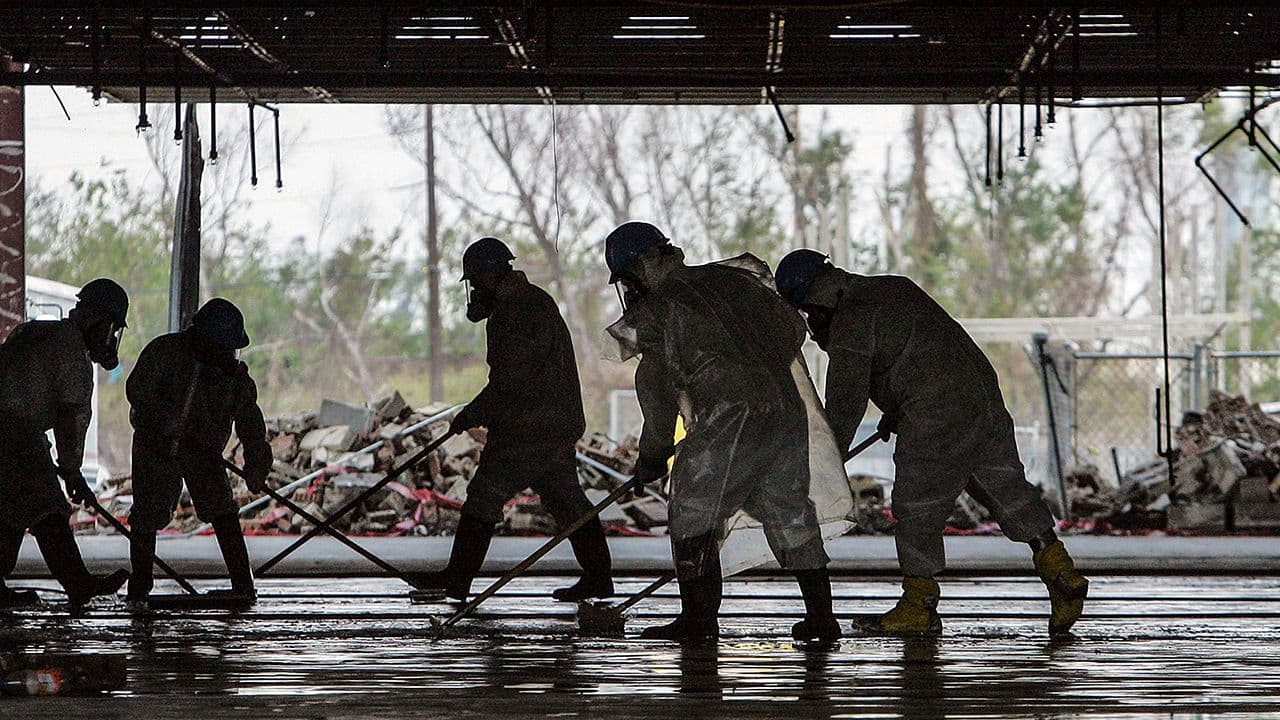
PREPARE
TODAY!
Atlantic Hurricane Season is
June 1 - November 30.
Living in Florida, we are no strangers to
the damage hurricanes can cause and the
devastation they leave behind. The only
thing we can control is how we prepare.
Atlantic Hurricane Season is
June 1 - November 30.
Living in Florida, we are no strangers to
the damage hurricanes can cause and the
devastation they leave behind. The only
thing we can control is how we prepare.
Hurricane Preparedness & Safety

Before the Storm
Evaluate Your Risk— determine if your business is located in a flood zone, identify any objects such as trees or equipment that could pose a threat to the structure, review insurance policies, etc.
Establish a Plan— decide how to flood proof the facility, implement organization to prevent damage, create a contact and recovery plan.
Gather Supplies— dry/canned food, bottled water, important documents, a hand crank or battery radio, extra batteries, flashlights, a first aid kit, fuel your car, etc.
Secure Your Property— tie down less stable structures like sheds, consider hurricane shutters, store machines where they are less likely to become a hazard, clean gutters and drains, identify and find a safe place for all livestock.
Purchase & Install a Generator— it took nearly a month to restore power after Hurricane Andrew. Get your business up and running as soon as possible. Click here to find the best generator for your needs. Already have one? Let our service team check that it is safe & functional.

During the Storm
Take Shelter— evacuate when you are told to, do not wait. If you do not need to evacuate, be sure to take cover in a sturdy building for the duration of the storm. Avoid flood waters if at all possible.
Stay Alert— stay tuned in to your local news. If you are asked to evacuate, be sure to gather whats important and head inland. Communicate business plan with your team and clients.
Limit Electricity— disconnect unnecessary appliances, turn off power where it is not needed, conserve batteries/gas. If you need to use your generator, use it outdoors and away from windows. Never plug directly into wall outlet.
Keep Supplies Handy— be sure your important documents are secure, boil any water that wasn't previously bottled before drinking, keep first aid kit dry, store backup gas/batteries at least 3ft off the ground, etc.
After the Storm
Work Space Safety
Investigate around facility for damaged power lines, gas lines, and other exterior damage. Do NOT proceed if any of these occur.
Do NOT attempt to use or even start any equipment that was submerged in water during the storm. Attempting to do so can permanently destroy your machine. Contact Ring Power for model-specific instructions.
If you use an electric forklift, do NOT attempt to use or charge any batteries exposed to water.
Contact Ring Power for instructions.
If your machine is safe to move, be cautious of standing water, the storm may have created abnormally deep puddles that could lead you to high-centering your lift.
Do NOT fuel any machine from a container or use any type of LPG tank that has been submerged.
Clean and apply protectant immediately. Salt water corrodes rubber hoses used in your forklift's operating systems, storage racks, etc. Inspect thoroughly before use.
Contact Ring Power for assistance.
Inspect all mechanical, electric, and hydraulic systems used in your facility before use. If there appears to be any damage, do NOT use, place clear warning signs to prohibit operation, and contact Ring Power maintenance services.
Employee Safety
Connect with your team to ensure their safety. Check on their condition and availability. Many people may not be able to return to work while caring for their family and home repairs. Call for all unobstructed employees to begin the recovery plan.

Generator Safety
Read the label on your generator as well as the owner's manual and follow instructions.
Never use a generator inside, even if doors & windows are open. Store on a dry surface under an open canopy-like structure.
Keep back minimum of 20 feet from all doors, windows, vents, etc.
Do NOT touch with wet hands.
Turn off and let cool before refueling.
Do NOT attempt to fill generator with fuel from a container that has been submerged.
Plug appliances directly into generator. NEVER plug generator directly into wall outlet, this is known as "backfeeding" and puts utility workers, you and neighbors in danger.

Clean-up Safety
Use caution when entering a flooded facility. Avoid when possible. If absolutely necessary, be sure to use approved PPE. Any "hot" electricity in the water can become life-threatening.
Take photos of any and all damage before you begin clean up and save all repair receipts for your records.
Your facility may be contaminated with mold. This can lead to health risks for people with asthma, allergies and breathing conditions. For more information and procedures on dealing with mold cleanup, click here.
Check all ceilings and floors for signs of structural and foundation damage.
Open windows, doors, etc. to air out facility as much as possible before spending a prolonged amount of time inside.
Clean all hard surfaces with hot water and soap to get rid of any lingering mold or bacteria.
Beware of debris, snakes, insects, and other animals that may have found their way in to your work space during the storm.
Contact your local authorities to report all hazardous conditions:
Serious Injuries
Down Power Lines
Ruptured Gas Lines
Excessive Debris
Power Outages
Compromised Sewage Lines
etc.